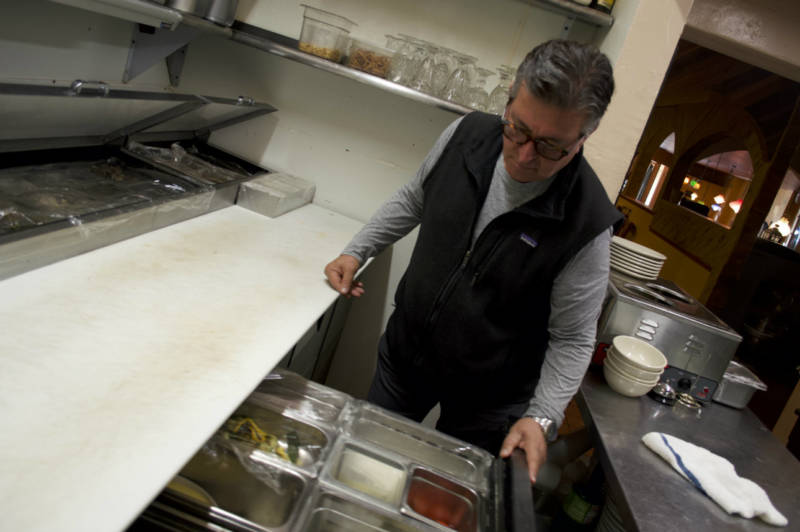The commission is demanding PG&E make substantial changes to the system ahead of future outages, including better planning with local governments, hiring additional staff to handle customer service and upgrading equipment in areas most vulnerable to fires.
PG&E spokesperson Jeff Smith says the company stands by the decision to shut off power due to the risk of wildfires, but acknowledges it’s not a perfect solution.
“We do understand it’s really frustrating for customers,” he said. “We understand that, in some instances, [it’s] much more than just an inconvenience. That it’s a real hardship.”
Smith says the utility is gathering customer feedback, but it has no plans to reimburse customers for losses or damages as a result of the shutoff, citing weather circumstances out of the company’s control.
California Gov. Gavin Newsom has urged the utility to credit residential customers $100 and business customers $250.
The fallout is the latest controversy for the beleaguered utility. PG&E declared bankruptcy earlier this year after facing tens of billions of dollars in potential liabilities in the wake of last year’s devastating fires.
It plans to invest up to $3 billion in a wildfire mitigation program, which would require equipment upgrades and vegetation reduction along thousands of miles of power lines.
But PG&E isn’t alone. Southern California Edison cut power to over 10,000 customers last week due to heightened fire risk from weather conditions.


